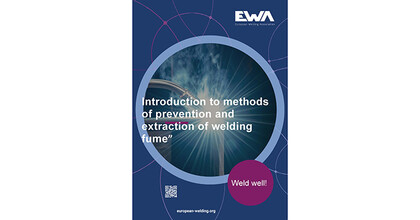Removing turnout gear immediately after fighting a fire can greatly reduce skin absorption of cancer-causing compounds, according to a study from the University of Ottawa.
Results of the study, published in Environmental Science & Technology, were shared by the study’s lead author, Jennifer Keir, at the Firehouse event in Nashville on October 19th, 2017. For 14 months Keir and fellow researchers measured urine samples, skin, PPE and under gear of firefighters before and after fires. The researched showed that on average, exposures to polycyclic aromatic hydrocarbons (PAHs) and other organic mutagens were up to 5.3 times higher in firefighters than pre-fire levels. The research also showed a relationship between these PAH metabolite levels and the levels of PAHs on the skin of firefighters.
The research collected also revealed that air samples were 13 times higher in the trucks as firefighters returned from a fire.
Keir suggested that skin decontamination immediately after fighting a fire could be one way to help reduce firefighters’ exposure to these potentially cancer-causing compounds. Based on the results, firefighters in Ottawa have changed their decontamination procedures related to turnout gear. They are now removing all gear, including bunker gear, on the scene and bagging these clothes before returning to the station. In addition, the use of skin cleaning wipes, Keir noted, showed a 54% decrease of PHA levels on the skin.
Plymovent will continue to monitor these studies and focus on solutions to help reduce exposure to dangerous hazards that exist in the station. We encourage our fire and EMT clients to talk to us about their specific needs and concerns.





